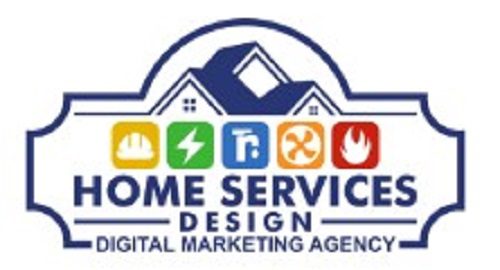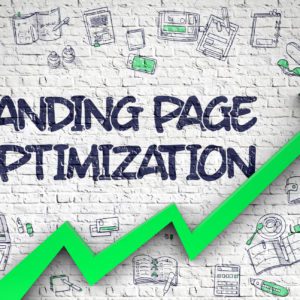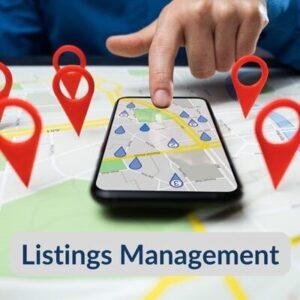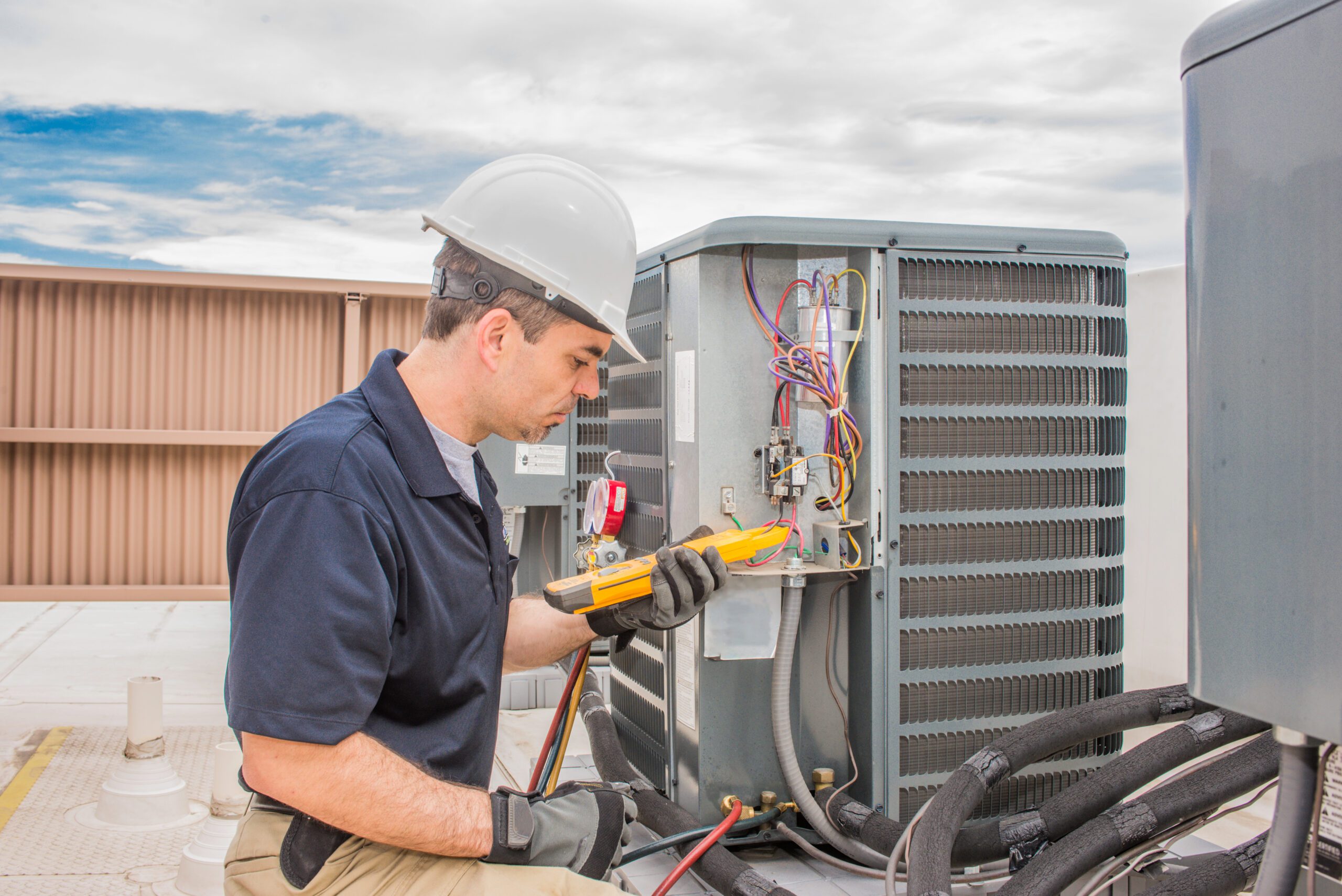Specialists In Digital Marketing for the Home Services Industy
Search Engine Optimization
Google is the most visited website on the Internet approaching 90 Billion visitors each month.
Google dominates the search market with 92% of the market – 8.5 billion searches each day.
The average consumer uses Google search an average of 3 times per day.
If you're not on Google's 3-Pack you're nowhere.
Percent of shoppers that ran a search before buying.
- Electrical 58%
- Plumbing 54%
- Roofing 62%
- Home Remodeling 65%
- HVAC Repair 62%
ON-PAGE SEO
Anything on your web pages – Blogs, product copy, web copy.
OFF-PAGE SEO
Anything which happens away from your website that helps with your SEO Strategy – backlinks | brand building | citation building | content marketing | social media, and more.
TECHNICAL SEO
Anything technical undertaken to improve Search Rankings – site indexing to help bot crawling.
LOCAL SEO
Local SEO is the process of optimizing your website and online properties so you can be found in localized searches such as “near me”.
Our clients are on the 1st Google SERP – are You?
We specialize in search marketing for local home services businesses. Over the years, we have developed a search paradigm that works.
We work exclusively with one client per service area – one plumber, one electrician, one roofer, etc.
Should that be you?
SEO Related Services
%
of consumers run a search before scheduling an appointment.
%
of consumers did NOT have one company in mind when searching.
%
of local searches on mobile devices lead to a purchase within 24 hours.
%
of consumers call after searching.
%
of home services consumers who call from search make a purchase.
Search Engine Optimization Marketing
The home services industry is one of the most competitive on the Internet making it all the more important to get organic leads from your digital assets – website, blog, social media, and videos.
HVAC Average Costs per click (CPC) on Google Ads
Plumbing Average Costs per click (CPC) on Google Ads
HVAC Average $ Costs per lead (CPL)
Frequently Asked Questions
Here are some of the more frequently asked questions by our customers about SEO strategy.
What is Search Engine Optimization?
SEO stands for “search engine optimization.” It is the process of increasing your website’s visibility on Google, Bing, and other search engines when people search for products or services related to your business. The higher visibility the pages on your site have in search results, the more likely you are to have users visit your site.
What are the different types of SEO?
On-site – Anything on your web pages – Blogs, product copy, web copy.
Offsite – Anything which happens away from your website that helps with your SEO Strategy – backlinks | brand building | citation building | content marketing | social media, and more.
Technical SEO – Anything technical undertaken to improve Search Rankings – site indexing to help bot crawling.
Local SEO – Local SEO is the process of optimizing your website and online properties so you can be found in localized searches such as “near me”.
How does Google find me?
Every day Google sends out robots (bots) that crawl the Internet indexing the content of websites. When you search with Google you are not actually searching the Internet but rather, you are searching Caffeine – Google’s index. Caffeine contains more information than all of the libraries in the world combined!
When a user searches for a particular term, Google uses over 200 algorithms to sort through hundreds of billions of web pages and other content in Caffeine to present the most relevant, useful results in a fraction of a second. These algorithms rank the results and present them in order.
What is Google page rank?
Google’s ranking systems are designed to present the most relevant, useful results in a fraction of a second. Key factors in page rank are:
Relevance – The most basic signal that information is relevant is when content contains the same keywords as your search query. If those keywords appear on the page, or if they appear in the headings or body of the text, the information might be more relevant.
Quality – Google looks for content that demonstrates expertise, authoritativeness, and trustworthiness. Here backlinks from authoritative sources are key.
Usability – Google systems look at page experience aspects. Aspects such as mobile-friendly, and content load time.
Context – Google uses country and location to deliver location-relevant content. For example, “football” in Atlanta will show results about American football first. Whereas in London, Google will show results about soccer and the Premier League.
What are Core Vitals and how do they affect my page rank?
Core vitals are Google’s metrics to score the user experience on your website. Google will punish slow sites.
- Largest Contentful Paint (LCP): This metric measures the time it takes for the main largest content on a web page to appear to users. Google recommends an LCP of under 2.5 seconds.
- First Input Delay (FID): FID measures your web page’s response time when a user interacts with the page for the first time. This includes link clicks, button taps, and custom JavaScript actions. Google recommends an FID of under 100 milliseconds.
- Cumulative Layout Shift (CLS): This measures the number of layout shifts that unexpectedly move the main content of the web page. These shifts affect the user’s ability to read content and interact with the page properly. Google recommends a CLS score of 0.1 or less.
How do I get on Google’s first SERP?
There is no surefire way to rank on Google’s first Search Engine Results Page (SERP). Google has over 200 algorithms in its page rank system. However, Google heavily favors websites with quality content containing relevant keywords. Simply placing a keyword as many times as possible within your content will only hurt your rankings. not to mention making for a poor user experience.
How long does it take to start seeing results with SEO?
There’s no set timetable for when you’ll start to see your rankings improve. You may be fortunate enough to see improvement within a few months, however, recovering from a Google penalty may take a year or longer.
What are backlinks and why are they important?
Backlinks are links from one website to another. Google and other major search engines consider backlinks “votes” for a specific page. Google gives a page credit for a high number of quality backlinks, which helps to get the page to rank higher. This can improve your site’s organic search engine rankings.
Backlinks are also known as “inbound links”, “incoming links” or “one-way links”.
More and More The Home Services Consumer Journey Begins Online
Plumbing
Internet Search Statistics for Plumbers
- 54% of purchasers ran a plumbing search before buying.
- Year-over-year growth in searches for “plumbers near me” – 288%
- 76% of consumers who did not have one company in mind before searching.
- Google ads cost per click (CPC) for plumbing – $39.88
- Percent of consumers that call after search for plumber – 93%
- Average amount after search for plumbing – $614
Roofing
Internet Search Statistics for Roofers
- 62% of purchasers ran a roofing search before buying.
- Year-over-year growth in searches for “roofing companies” – 107%
- 80% of consumers who did not have one company in mind before searching.
- Google ads cost per click (CPC) for plumbing – $21.27
- Percent of consumers that call after search for plumber – 84%
- Average amount spent after search for roofing – $4,589
HVAC
Internet Search Statistics for HVAC
- 62% of purchasers ran an HVAC search before buying.
- Year-over-year growth in searches for “HVAC near me” – 288%
- 84% of consumers who did not have one company in mind before searching for HVAC repair.
- Google ads cost per click (CPC) for plumbing – $41.24
- Percent of consumers that call after search for HVAC repair – 84%
- Average amount after search for plumbing – $908








